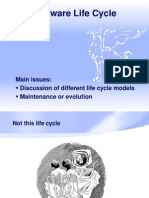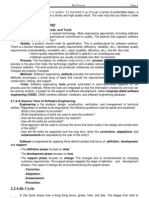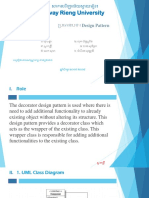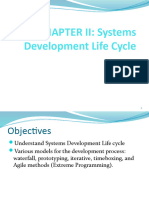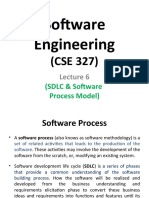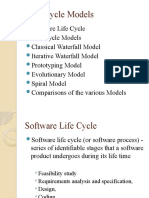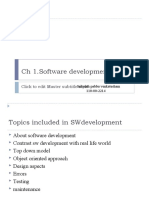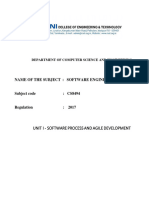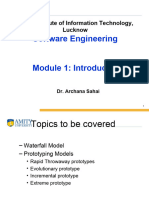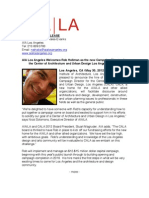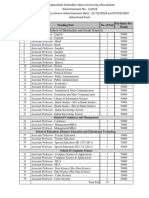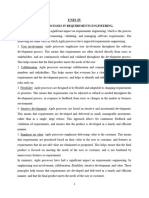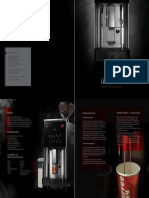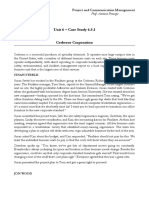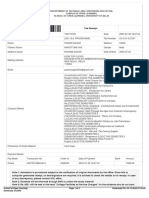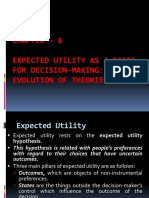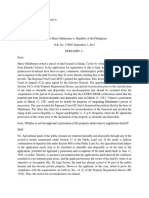0% found this document useful (0 votes)
13 views39 pagesChapter 2 The Process-2023
Chapter 2 discusses the software engineering (SE) process, emphasizing the importance of a structured approach through various phases: definition, development, and support. It outlines different software life-cycle models, including the Waterfall, Linear Sequential, Prototyping, and Rapid Application Development (RAD) models, each suited for specific project requirements. The chapter highlights the significance of tools, methods, and a quality focus in facilitating effective software development.
Uploaded by
mis2021190009Copyright
© © All Rights Reserved
We take content rights seriously. If you suspect this is your content, claim it here.
Available Formats
Download as PDF, TXT or read online on Scribd
0% found this document useful (0 votes)
13 views39 pagesChapter 2 The Process-2023
Chapter 2 discusses the software engineering (SE) process, emphasizing the importance of a structured approach through various phases: definition, development, and support. It outlines different software life-cycle models, including the Waterfall, Linear Sequential, Prototyping, and Rapid Application Development (RAD) models, each suited for specific project requirements. The chapter highlights the significance of tools, methods, and a quality focus in facilitating effective software development.
Uploaded by
mis2021190009Copyright
© © All Rights Reserved
We take content rights seriously. If you suspect this is your content, claim it here.
Available Formats
Download as PDF, TXT or read online on Scribd
/ 39

